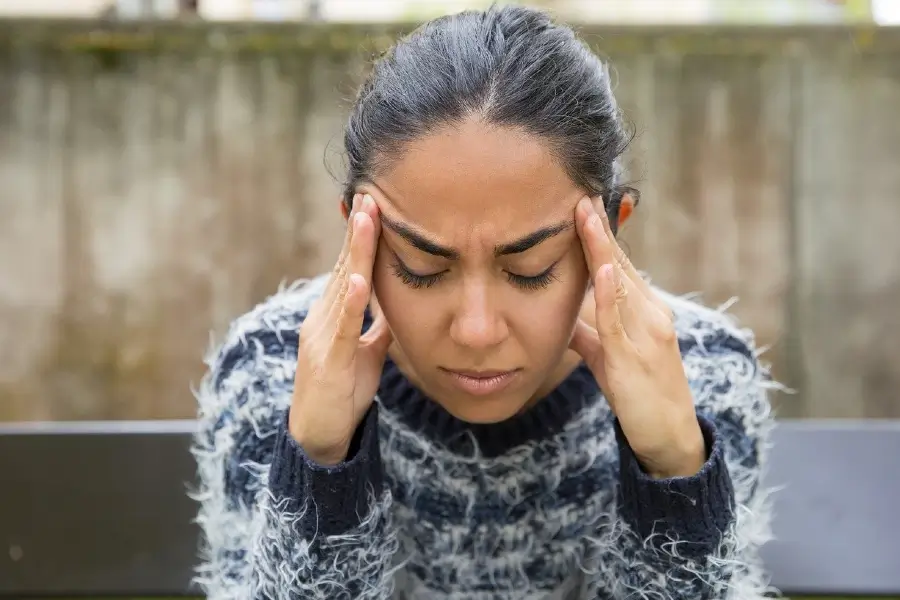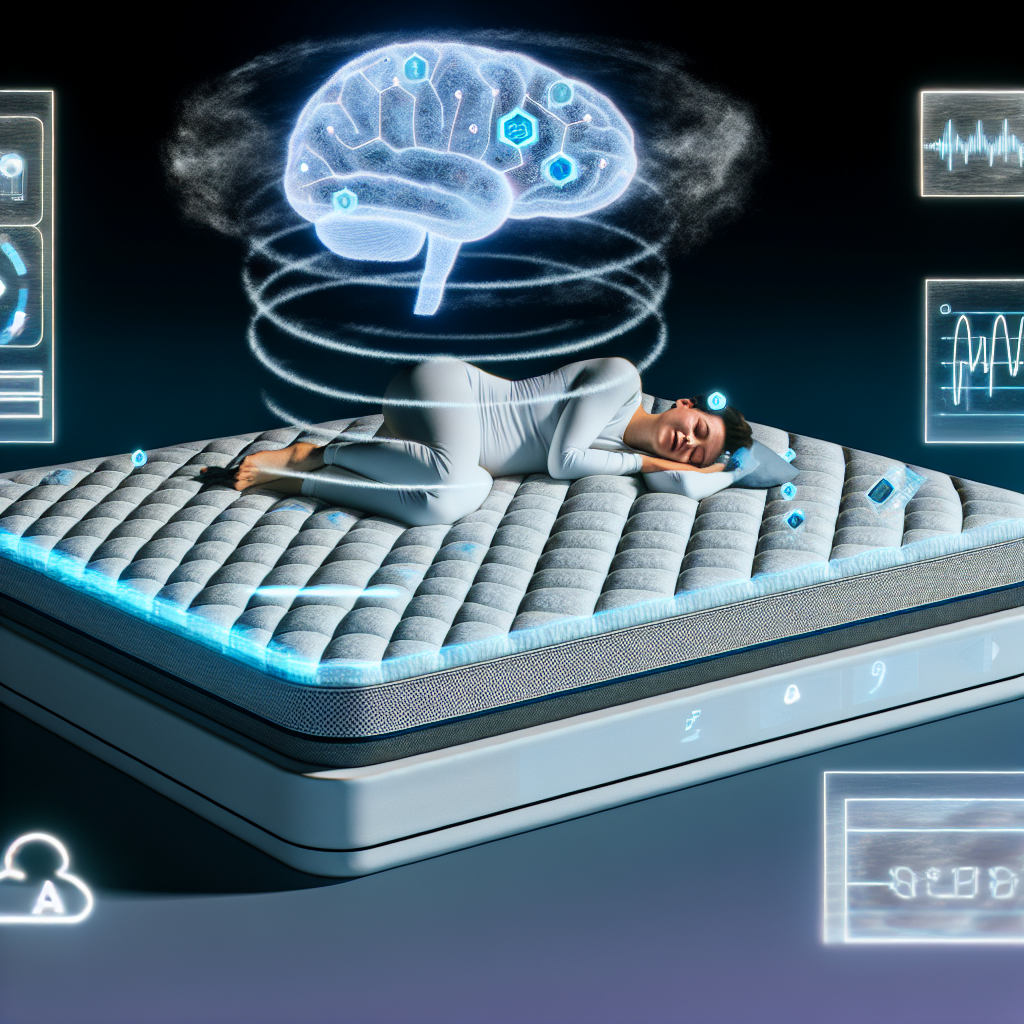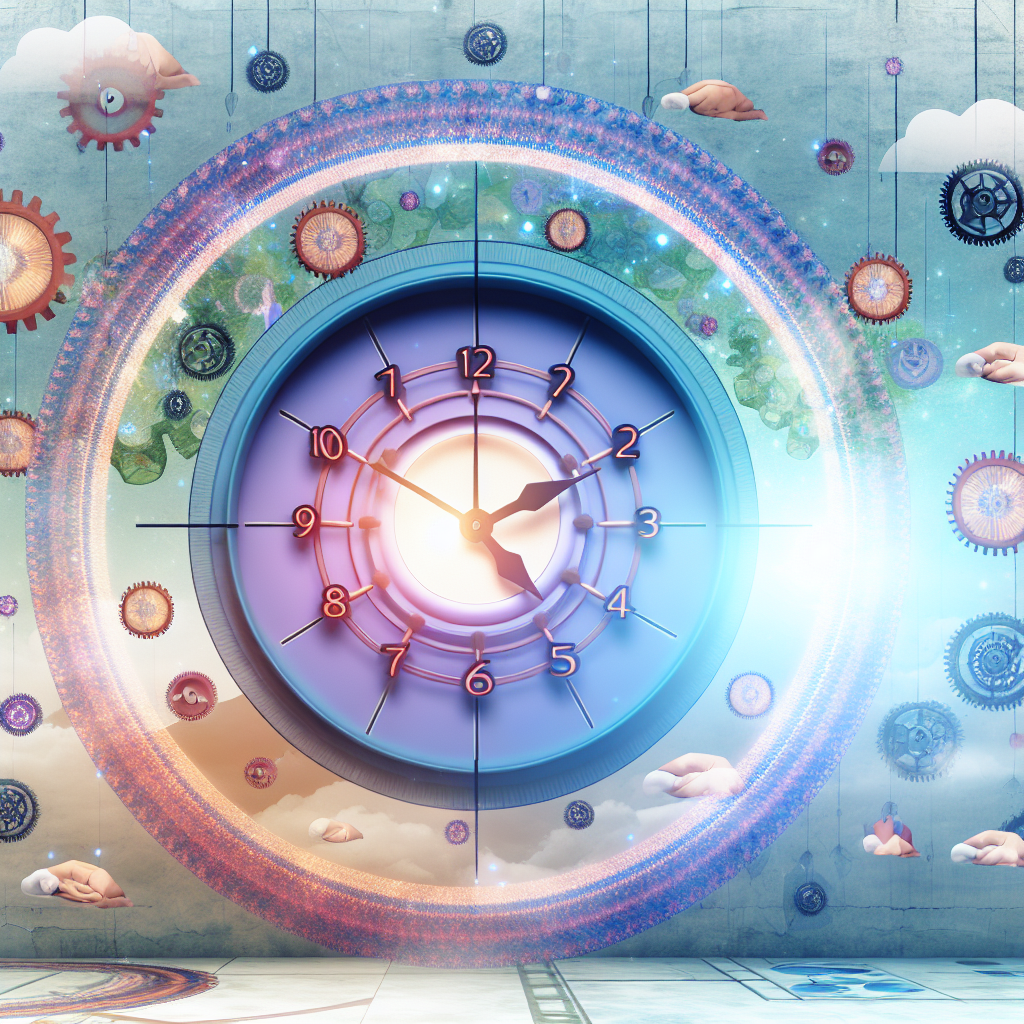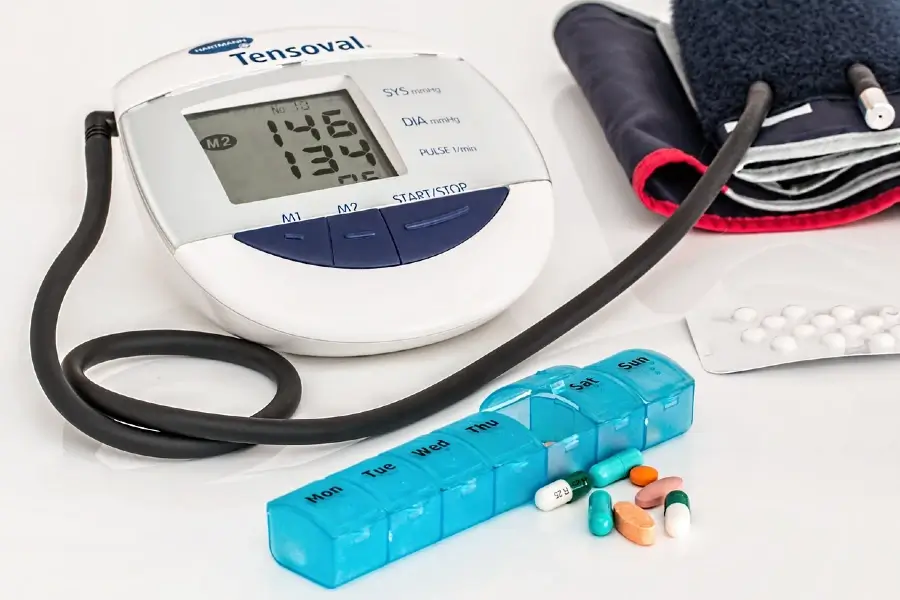There is a well-established connection between migraines and having trouble sleeping. It seems to be a link that works in both directions. To illustrate the connection, below is a breakdown:
Migraines that are triggered by insomnia:
Disrupted Sleep Patterns: People who suffer from insomnia frequently have trouble falling asleep, remaining asleep, or waking up feeling like they have not been refreshed enough. Sleep disturbances like these have the potential to function as a trigger for migraine symptoms.
Stress and Anxiety: Insomnia can often lead to increased stress and anxiety, both of which are known to be causes of migraines.
Alterations in Neurotransmitters: Sleep disturbances can potentially increase or decrease neurotransmitters in the brain, including serotonin, which is known to play a role in the development of migraines.
Migraine’s Implications for Sleep:
Pain Interruption: The throbbing pain associated with a migraine attack can make it difficult to fall asleep or remain asleep overnight.
Some drugs, particularly those that contain caffeine, have the potential to alter sleep patterns. This is especially true for migraine treatments.
Having trouble sleeping as a result of insomnia raises the risk of having a migraine.
After a migraine episode, people frequently experience exhaustion and difficulties concentrating, which can make it difficult to wind down and get ready for sleep. This is referred to as post-migraine fatigue.
The Continuum:
Because of these reasons, a vicious cycle may be created. Having trouble sleeping as a result of insomnia raises the risk of having a migraine, and having a migraine attack then causes additional disruptions to sleep.
Studies and pieces of evidence:
According to the American Migraine Foundation, those who suffer from migraines have a two to eight times higher likelihood of experiencing sleep disturbances compared to the general population.
Based on research published in The Journal of Headache and Pain, there is a correlation between not getting enough sleep and experiencing an increase in the frequency and severity of migraine attacks.
Helpful Advice for Managing Both:
Your top priorities for maintaining good sleep hygiene are establishing a regular sleep schedule, developing a soothing bedtime routine, and ensuring a sleep-friendly atmosphere (dark, quiet, and cool).
Yoga, meditation, and relaxation exercises are examples of stress management techniques that can be helpful in managing migraines and sleeplessness.
Changes in Diet: It is essential to keep a diet that is both well-balanced and nutrient-dense in order to effectively manage migraines. Cheeses that have been aged, processed meats, alcohol, and foods that are high in MSG or nitrates are all potential migraine triggers that should be avoided.
On the other hand, you should prioritize the consumption of fresh, whole foods such as fruits, vegetables, cereals that are whole, and lean meats. Consuming a large amount of water during the day can also help prevent dehydration, a major migraine trigger. This can be accomplished by maintaining proper hydration levels.
People who suffer from migraines may find that regular physical activity can provide them.
In addition to reducing inflammation and alleviating migraine symptoms, incorporating anti-inflammatory foods such as fatty fish, almonds, and leafy greens into your diet may also be beneficial.
Physical Activity on a Regular Basis: People who suffer from migraines may find that regular physical activity can provide them with a number of benefits. Exercise can help improve the quality of sleep, which is vital for controlling migraines because inadequate sleep can be a key trigger.
It has also been demonstrated that engaging in regular physical activity causes the release of endorphins, which are natural painkillers that can help alleviate the pain associated with migraines and reduce the frequency of attacks.
Low-impact activities, such as swimming or cycling, can be especially beneficial since they can assist in boosting blood flow and relieving muscle tension without overstressing the body. Brisk walking, yoga, and similar activities are also examples of such activities.
To prevent a migraine attack from occurring, it is essential to locate a workout program that is particularly effective for you and to gradually raise both the time and the intensity of your workouts.
Consult with Your Physician: If you suffer from both migraines and sleeplessness, you should talk to your doctor about the various therapy choices available to you. They may recommend cognitive behavioral treatment for insomnia (also known as CBT-I) or investigate the possibility of using medication to treat both problems.
It is important to keep in mind that the management of migraines and insomnia requires a healthy lifestyle that includes appropriate sleeping habits.

Dominic E. is a passionate filmmaker navigating the exciting intersection of art and science. By day, he delves into the complexities of the human body as a full-time medical writer, meticulously translating intricate medical concepts into accessible and engaging narratives. By night, he explores the boundless realm of cinematic storytelling, crafting narratives that evoke emotion and challenge perspectives.
Film Student and Full-time Medical Writer for ContentVendor.com




